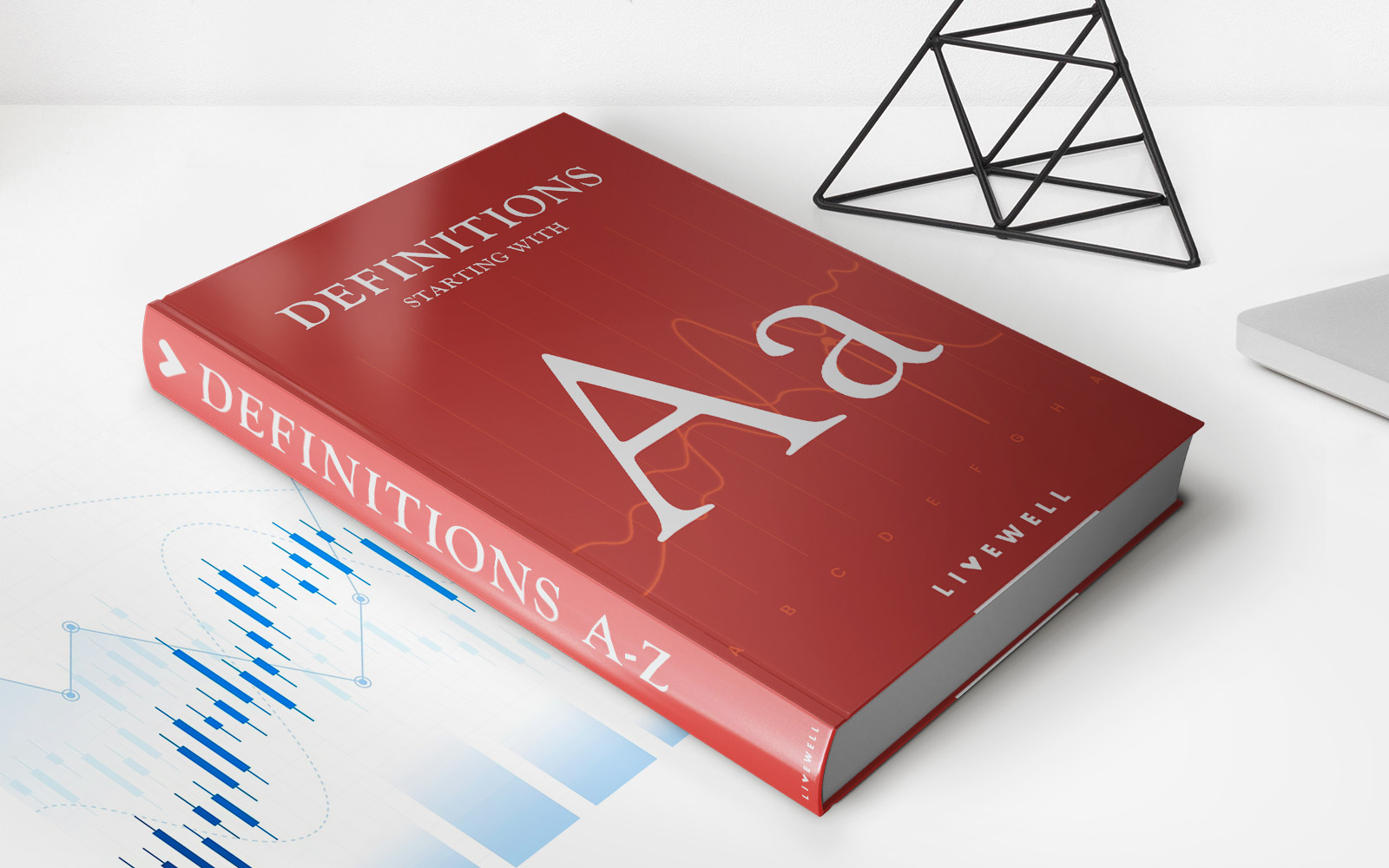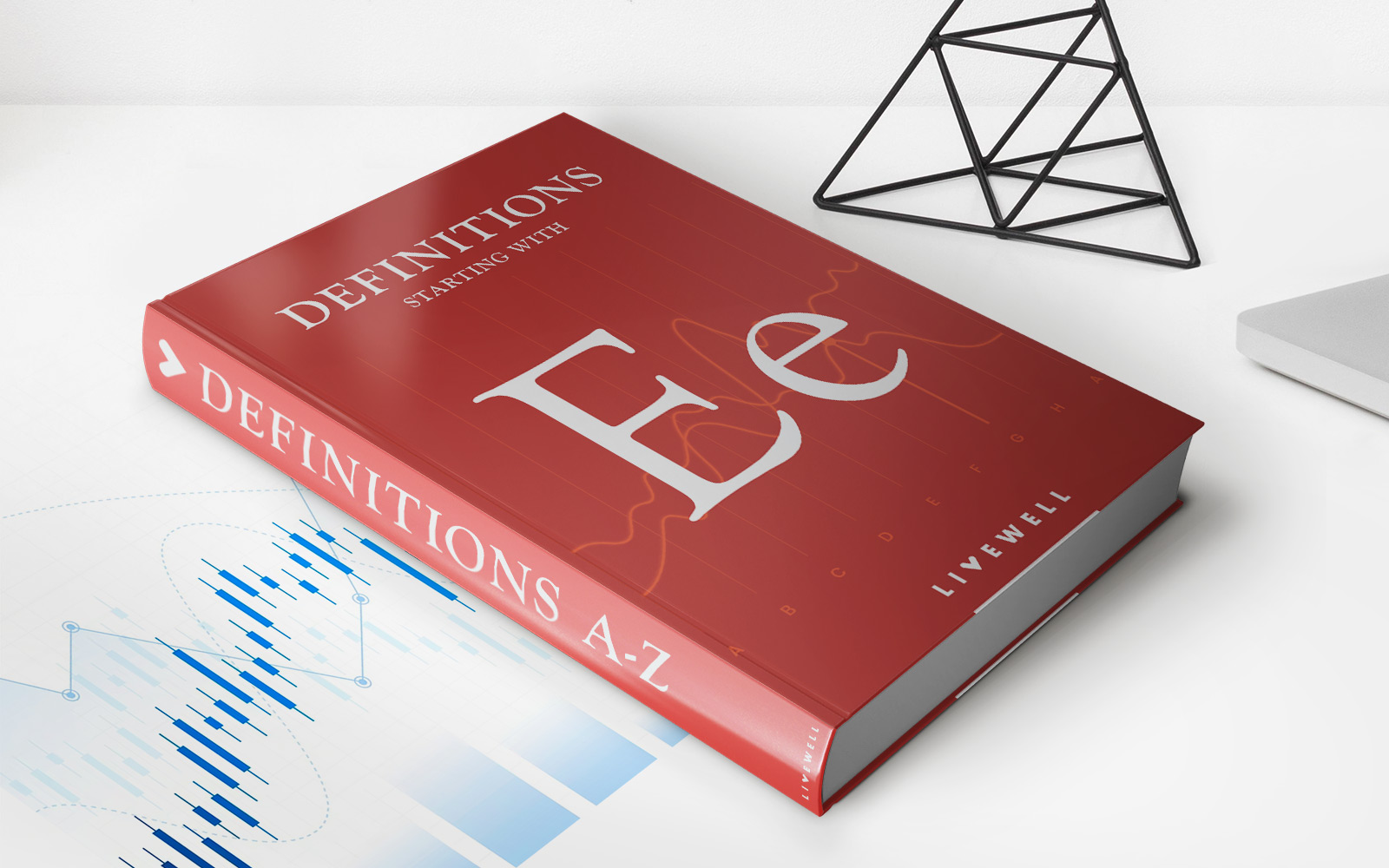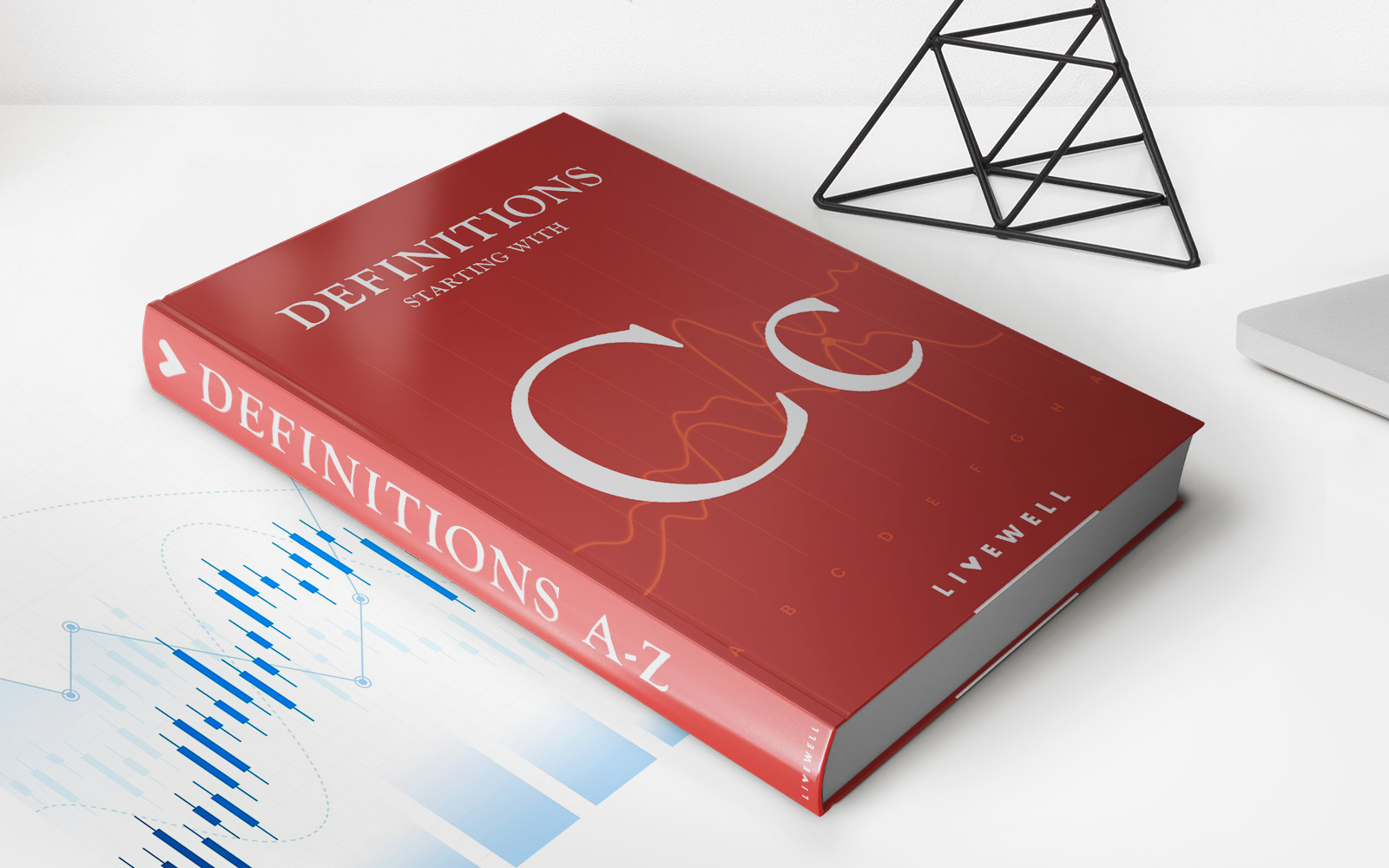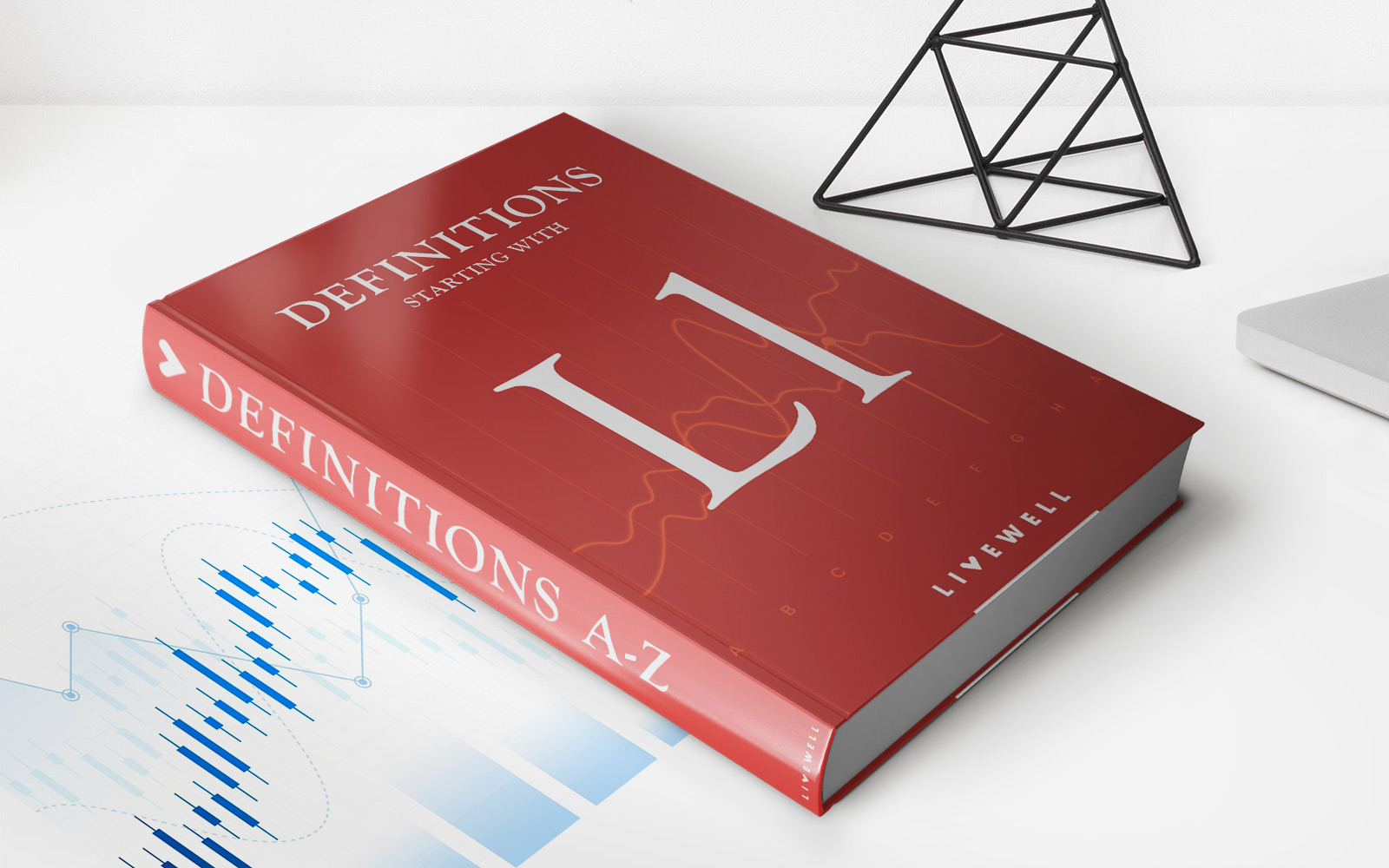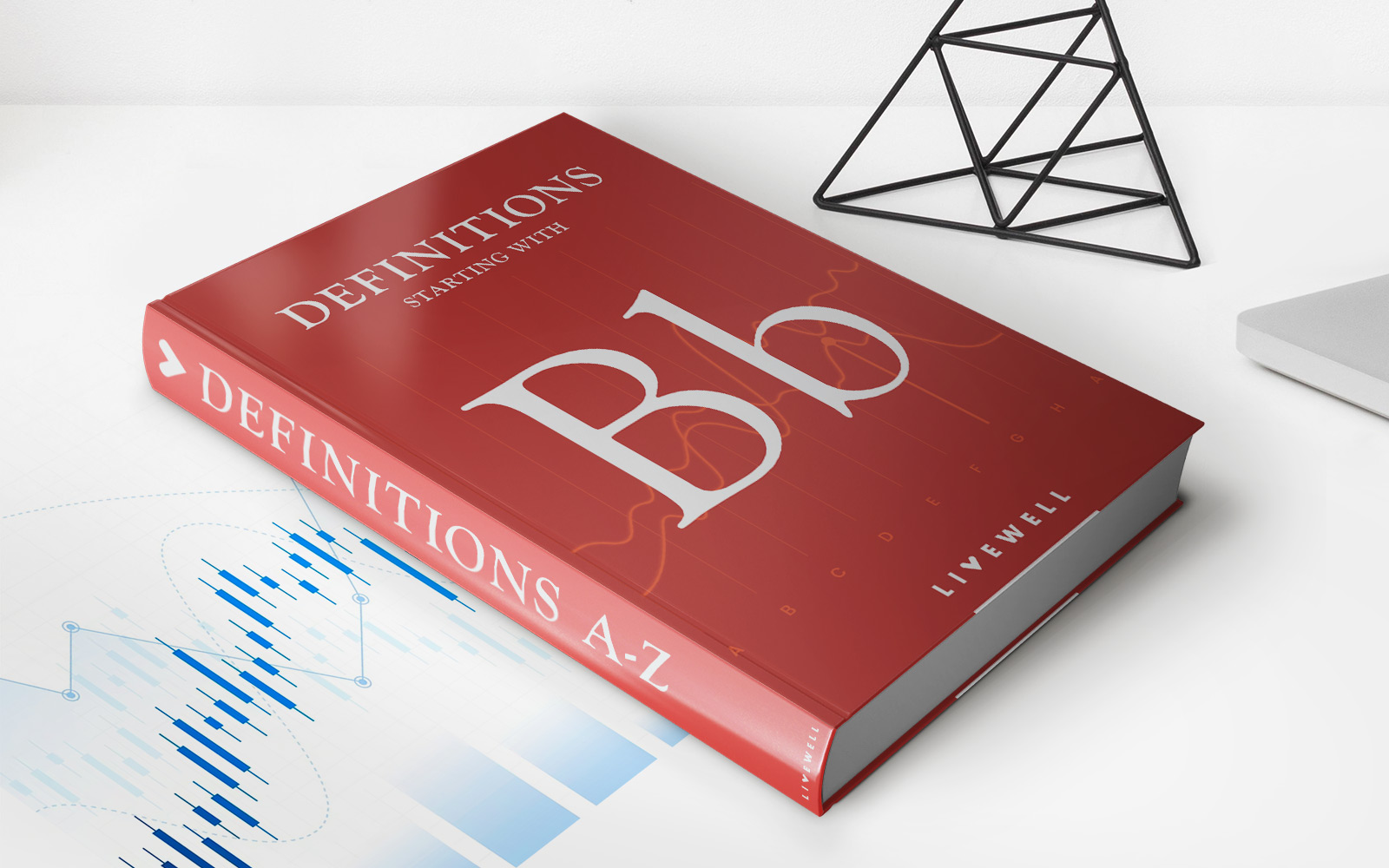Home>Finance>Why Are The Two Options Contracts With The Same Exercise Price Of The Same Issuer Priced Differently?
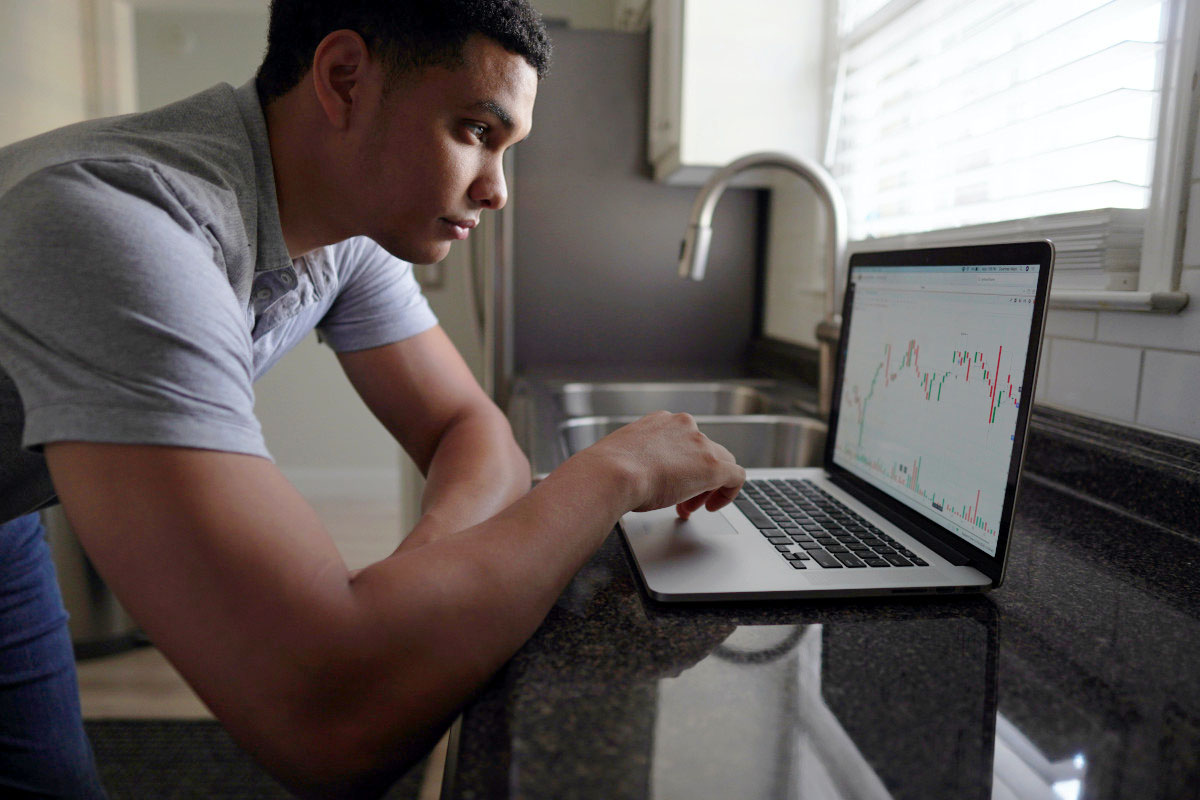

Finance
Why Are The Two Options Contracts With The Same Exercise Price Of The Same Issuer Priced Differently?
Published: February 28, 2024
Discover the reasons behind pricing differences in finance options contracts with the same exercise price from the same issuer. Gain insights into the factors influencing these variations.
(Many of the links in this article redirect to a specific reviewed product. Your purchase of these products through affiliate links helps to generate commission for LiveWell, at no extra cost. Learn more)
Table of Contents
Introduction
Welcome to the intriguing world of options trading, where the concept of pricing can often perplex even the most seasoned investors. In this article, we will delve into the fascinating realm of options contracts and explore the factors that contribute to the differing pricing of options with the same exercise price from the same issuer.
Options contracts are versatile financial instruments that grant the holder the right, but not the obligation, to buy or sell an underlying asset at a predetermined price (the exercise price) within a specified time frame. This flexibility makes options an appealing tool for investors seeking to hedge risk, generate income, or speculate on market movements.
The pricing of options contracts is a multifaceted process influenced by an array of dynamic variables, including the underlying asset's price, time to expiration, market volatility, interest rates, and dividend yields. These elements interplay to determine the fair value of an options contract, often resulting in distinct pricing for contracts with the same exercise price from the same issuer.
Throughout this article, we will unravel the intricate web of options pricing, shedding light on the key drivers that underpin the disparities in pricing for seemingly identical options contracts. By understanding these factors, investors can gain valuable insights into the nuances of options trading, empowering them to make informed decisions in the complex and ever-evolving financial markets.
Join us on this enlightening journey as we demystify the enigma of options pricing, providing clarity on why two options contracts with the same exercise price from the same issuer may be priced differently. Let's embark on this captivating exploration of options trading and unravel the mysteries that lie beneath the surface of options pricing.
Understanding Options Contracts
Before delving into the intricacies of options pricing, it is essential to grasp the fundamental nature of options contracts. An options contract is a derivative financial instrument that derives its value from an underlying asset, such as stocks, commodities, or market indices. There are two primary types of options: call options and put options.
A call option provides the holder with the right to buy the underlying asset at a specified price, known as the exercise price or strike price, within a predetermined time frame. On the other hand, a put option grants the holder the right to sell the underlying asset at the exercise price within the specified time frame.
The specified time frame within which the options contract can be exercised is known as the expiration date. Options contracts are categorized based on their expiration, with those expiring within the current month classified as short-term options, while those expiring in subsequent months or years are considered long-term options.
Options contracts are traded on organized exchanges, providing investors with the opportunity to buy and sell these contracts through a regulated marketplace. The options market facilitates the transfer of risk between buyers and sellers, enabling investors to manage their exposure to price fluctuations in the underlying assets.
Furthermore, options contracts are priced based on various factors, including the current price of the underlying asset, the volatility of the market, the time remaining until expiration, and prevailing interest rates. These dynamic elements contribute to the complexity of options pricing, often resulting in variations in the pricing of options contracts with the same exercise price from the same issuer.
By understanding the mechanics of options contracts and the factors that influence their pricing, investors can navigate the options market with greater confidence and strategic acumen. The next section will delve into the intricate web of factors that impact the pricing of options contracts, shedding light on the nuances that give rise to differing prices for seemingly identical options.
Factors Affecting Options Pricing
Options pricing is a dynamic process influenced by a myriad of factors that collectively contribute to the determination of an option’s fair value. Understanding these key elements is essential for unraveling the intricacies behind the differing pricing of options contracts with the same exercise price from the same issuer.
1. Underlying Asset Price: The price of the underlying asset plays a pivotal role in options pricing. For call options, as the price of the underlying asset rises, the value of the option typically increases. Conversely, for put options, as the underlying asset’s price climbs, the option’s value generally decreases.
2. Time to Expiration: The time remaining until the options contract expires is a critical determinant of its value. As the expiration date approaches, the time value of the option diminishes, leading to a potential decline in its price. This phenomenon is known as time decay, and it underscores the impact of time on options pricing.
3. Market Volatility: The level of volatility in the market significantly influences options pricing. Higher volatility generally leads to increased options prices, as greater market fluctuations enhance the potential for the option to move into a profitable position before expiration. Conversely, lower volatility tends to depress options prices.
4. Interest Rates: Prevailing interest rates also factor into options pricing. Changes in interest rates can impact the cost of carrying the underlying asset, thereby influencing the pricing of options contracts. Generally, higher interest rates can elevate options prices, while lower rates may exert downward pressure on options pricing.
5. Dividend Yields: For options on stocks, dividend yields can impact pricing. When a stock pays a dividend, the value of the stock may decrease by the amount of the dividend. This reduction in stock value can influence the pricing of options contracts on the stock, particularly for call options.
These fundamental factors, among others, interplay to shape the pricing of options contracts, contributing to the variations observed in the pricing of options with the same exercise price from the same issuer. By comprehending these underlying dynamics, investors can gain valuable insights into the nuanced world of options pricing, empowering them to make informed decisions in the realm of options trading.
Market Conditions and Options Pricing
Market conditions exert a profound influence on the pricing of options contracts, contributing to the disparities observed in the pricing of options with the same exercise price from the same issuer. The interplay of supply and demand dynamics, investor sentiment, and macroeconomic factors collectively shape the pricing of options in the ever-evolving financial markets.
Supply and Demand Dynamics: The fundamental forces of supply and demand play a pivotal role in options pricing. When there is a high demand for options contracts, their prices tend to rise, reflecting the prevailing market sentiment and investor expectations. Conversely, an oversupply of options contracts may exert downward pressure on their prices, aligning with the principles of market economics.
Investor Sentiment: The sentiment of market participants can significantly impact options pricing. Bullish sentiment, characterized by optimism and a positive outlook on the market, may drive up the prices of call options. Conversely, bearish sentiment, marked by pessimism and a negative market outlook, could elevate the prices of put options. The collective sentiment of investors contributes to the ebbs and flows of options pricing in response to prevailing market conditions.
Macroeconomic Factors: Broader economic indicators and events can also influence options pricing. Economic data releases, geopolitical developments, and monetary policy decisions can introduce volatility and uncertainty into the market, thereby impacting the pricing of options contracts. Market participants closely monitor these macroeconomic factors, which can contribute to fluctuations in options pricing.
Implied Volatility: Implied volatility, a key metric derived from options pricing, reflects the market’s expectations for future volatility. High implied volatility can lead to elevated options prices, as it signifies greater potential for significant price movements in the underlying asset. Conversely, low implied volatility may correspond to lower options prices, aligning with the market’s perception of reduced future volatility.
By comprehending the intricate interplay of market conditions and options pricing, investors can navigate the dynamic landscape of options trading with heightened insight. Understanding the impact of supply and demand dynamics, investor sentiment, macroeconomic factors, and implied volatility is crucial for discerning the underlying forces that contribute to the differing pricing of options contracts with the same exercise price from the same issuer.
Conclusion
The world of options trading is a captivating arena where the complexities of pricing intersect with the dynamics of market conditions, investor behavior, and underlying asset characteristics. As we conclude our exploration of the enigma surrounding the differing pricing of options contracts with the same exercise price from the same issuer, it becomes evident that a multitude of factors converge to shape the pricing landscape of options.
From the fundamental influences of underlying asset prices, time to expiration, market volatility, interest rates, and dividend yields to the nuanced interplay of supply and demand dynamics, investor sentiment, and macroeconomic factors, the pricing of options contracts embodies a delicate equilibrium of variables. These multifaceted elements collectively contribute to the unique pricing dynamics observed in the options market, underscoring the intricacies that underpin the valuation of options contracts.
Understanding the factors that influence options pricing is paramount for investors seeking to navigate the terrain of options trading with acumen and insight. By comprehending the interrelationships between these factors and their impact on options pricing, investors can make informed decisions, manage risk, and capitalize on opportunities within the options market.
As we reflect on the complexities of options pricing, it becomes apparent that the differing pricing of options contracts with the same exercise price from the same issuer is a testament to the dynamic nature of financial markets. The convergence of quantitative metrics, qualitative market conditions, and investor sentiment yields a rich tapestry of options pricing, offering both challenges and opportunities for market participants.
Ultimately, the journey through the realm of options pricing unveils a captivating fusion of financial theory, market dynamics, and human behavior. By embracing the complexities and nuances of options pricing, investors can navigate the ever-evolving landscape of options trading with resilience, adaptability, and a discerning eye for the myriad forces that shape the pricing of options contracts.
As we conclude our exploration, we invite you to embark on your own journey through the captivating world of options trading, armed with a deeper understanding of the factors that contribute to the differing pricing of options contracts. May this knowledge empower you to navigate the complexities of options pricing with confidence and clarity, unlocking the potential for informed decision-making and strategic engagement in the dynamic realm of options trading.

